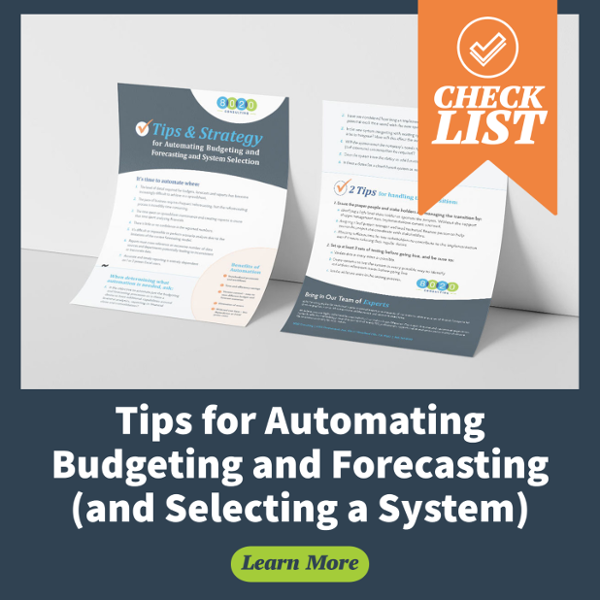When it comes to a financial system implementation, there are a few best practices to reduce implementation and future ongoing costs and to reach the Go Live date faster. These strategies can be used regardless of the type of software being implemented or the implementing company’s industry. Let’s review them in no particular order:
1. Request Fixed Bids on Implementation Costs
When negotiating with a vendor on Implementation Costs, requesting Fixed-Bid pricing from the vendor is a way to reduce one’s potential implementation costs. Fixed-Bid pricing is the total end-to-end cost of implementation, as computed by the vendor. This guarantees successful software implementation and also safeguards against any unforeseen costs and delays, further down in the implementation process. The vendor will probably charge an incremental amount for Fixed-Bid pricing, but this additional amount is an “Insurance Cost” to reduce overall Implementation risk.
2. Negotiate the Implementation of Critical Templates or Schedules
The vendor will charge for every template that is built by them. So it is important to negotiate the total number and types of templates that will be built by the vendor. As mentioned above, the client resources being trained at an early stage enables those resources to even build non-critical but yet essential templates. This way only the critical templates are built by the vendor and are solely included in the implementation cost.
3. Obtain Fewer Software Licenses
As SaaS Licenses come as subscription models, every additional license carries an additional cost. It is best practice to therefore reduce the number of procured licenses. The client can assign licenses by department or function, instead of by person. That way fewer licenses are needed to achieve the same end goals.
4. Structure Vendor Payments Subject to Achievement of Significant Milestones
Vendor payments can be made subject to completion of significant and specific deliverables. This allows the client to manage its overall risk and ensure that the vendor is being compensated for completed work.
5. Buy Multi-Year License Agreements
Vendors always offer better pricing if the client opts for a multi-year agreement. Purchasing a multi-year agreement is the preferred option to go especially since the client is installing this software with the intention of using it over a longer term than a year.
6. Bundle Multiple Software Products Offered by the Vendor
It is not uncommon for a vendor to offer multiple software solutions to address different business needs across functions. For example: Oracle offers an ERP and its Hyperion EPM solution. Buying both solutions even if the immediate need is for a single solution, could also work out to be more cost effective, as opposed to using software solutions from different vendors. Vendors offer reduced pricing when you bundle software. Going with the same vendor will also help in the integration of the software systems as the vendor will ensure both products have built-in native integration.
7. Include Technical Support Post-Go Live
Post-Go Live Technical support is routinely included in the implementation road map and the implementation cost. As a reminder, one needs to ensure that the implementation roadmap explicitly includes post-Go Live Technical support for at least 3-6 months. This will ensure that any bugs and kinks that existed post-Go Live are addressed and corrected immediately.
Interested in additional system selection best practices? Download our checklist.
The items above are a few best practices one can observe during the Pre-Implementation Pricing Negotiation phase to reduce costs and potentially reduce implementation turnaround time.
If you’d like to bring in support for your financial software implementation negotiation, contact us. You can also dig deeper into system selection best practices by downloading our checklist:

About the Author
Vikram possesses 17 years of experience focused in Financial Planning and Analysis across a variety of industries such as Entertainment, IT Communications, Banking, Food and Beverage, Investment Consulting, Retail, Publishing, Aircraft Distribution, and Real Estate. Vikram’s core competencies include managing finance teams and operations (Supply Chain/Inventory Management, Cost Accounting), conceptualizing and leading budgeting and forecasting processes relating to the P&L, Capital Planning, Balance Sheet and Cash Flow analysis for both mid-sized and Fortune 1000 Companies. Vikram has project managed and led several financial system implementations such as Rightsline, Anaplan, Hyperion Essbase, and TM1 Cognos. Vikram attended Willamette University (Oregon) where he received his MBA specializing in Finance. He also holds a Bachelor’s degree in Finance and Accounting from Christ College in Bangalore and a Master’s degree in Finance and Accounting from Bangalore University.
